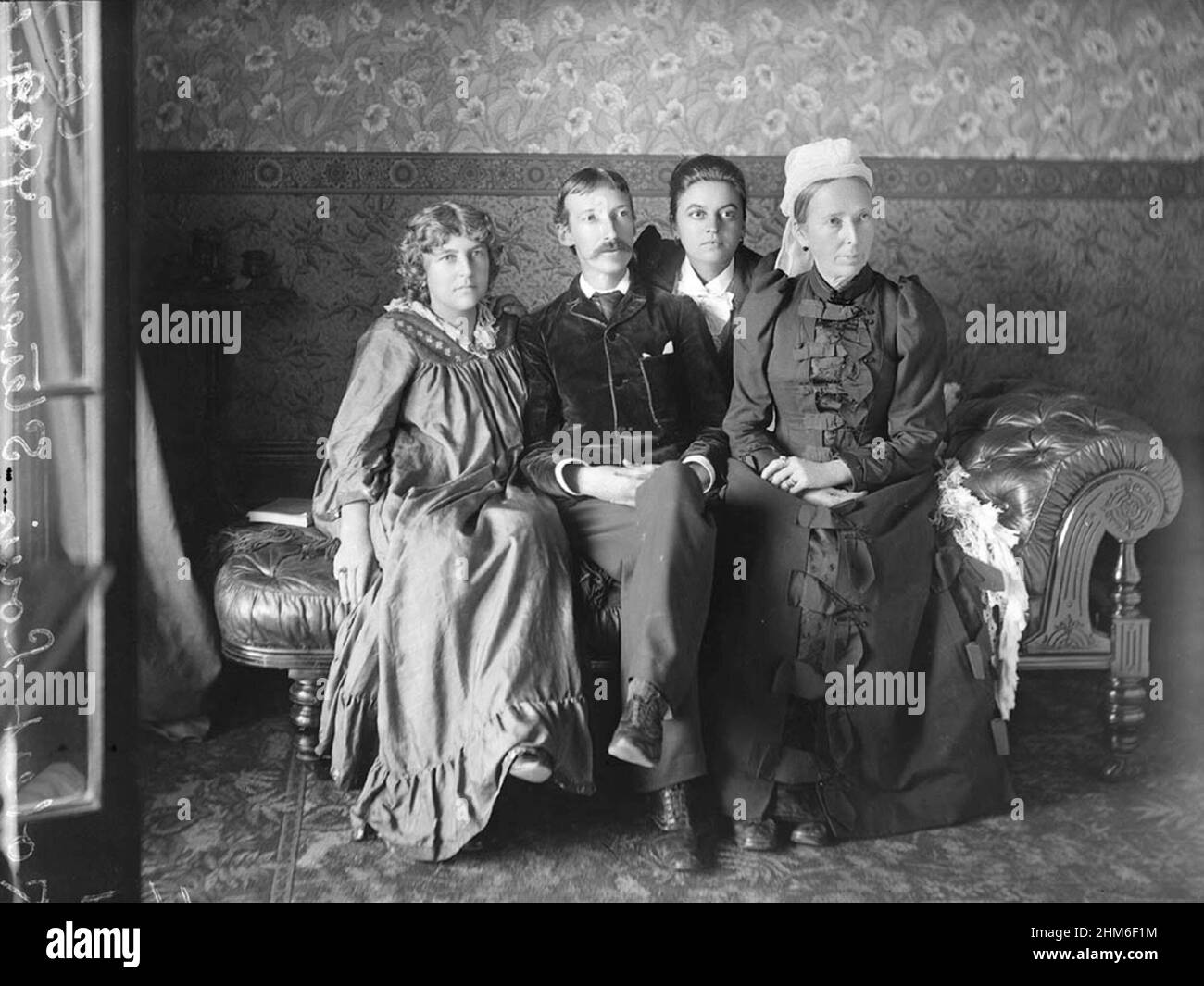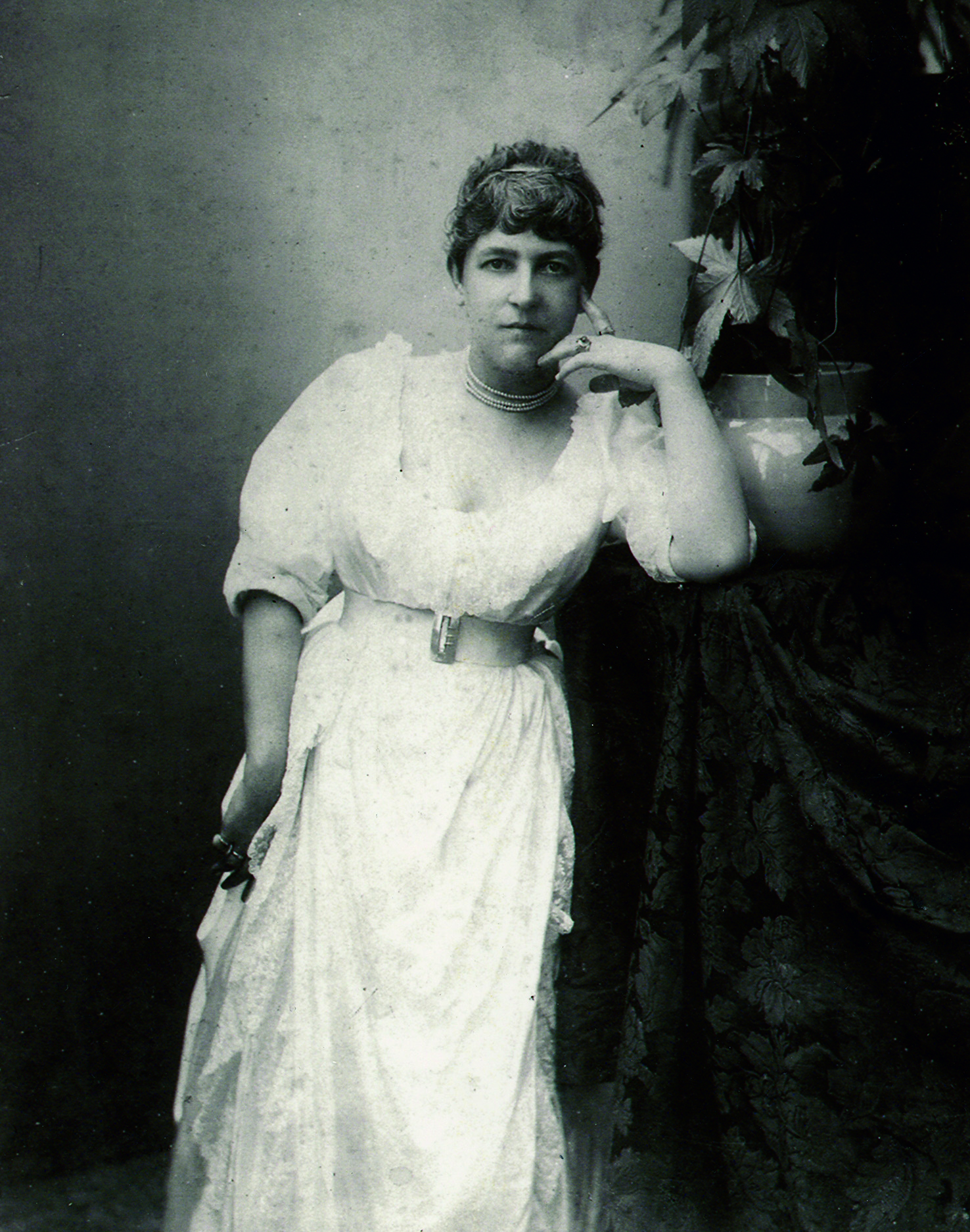
The Unlikely Literary Partnership of Robert Louis Stevenson and Fanny Stevenson
Robert Louis Stevenson, the renowned author of Treasure Island and Dr. Jekyll and Mr. Hyde, is often regarded as a solitary literary figure. However, his life’s work was deeply influenced by his wife, Fanny Stevenson, a woman who defied convention and embodied the spirit of adventure. In this article, we will delve into the fascinating story of their partnership, exploring how Fanny’s unconventional nature and artistic talents helped shape Robert’s writing and legacy.
A Chance Encounter
The story of Robert and Fanny’s meeting is a testament to the power of serendipity. In 1876, Robert, then a struggling writer, met Fanny, an American woman 11 years his senior, in Paris. Fanny was a force to be reckoned with – a woman who had left her husband and child in the United States to pursue a life of art and independence in Europe. Despite their differences, the two quickly formed a deep connection, bonding over their shared love of literature and adventure.
A Literary Partnership
Fanny’s influence on Robert’s writing cannot be overstated. She was his muse, his editor, and his confidante. Together, they collaborated on several stories, with Fanny providing valuable feedback and encouragement. Her own artistic talents, including painting and writing, also inspired Robert to experiment with different forms and styles.
One notable example of their collaboration is The Silverado Squatters, a novel based on their experiences living in a mining camp in California. Fanny’s vivid descriptions of the landscape and characters added a depth and richness to the narrative, showcasing her own unique voice and perspective.
A Life of Adventure
The Stevensons’ life together was marked by a sense of adventure and restlessness. They traveled extensively, living in various parts of the world, from Scotland to the South Seas. This peripatetic lifestyle not only inspired Robert’s writing but also allowed them to experience different cultures and ways of life.
Fanny’s own experiences as a woman living in a male-dominated society also informed her writing. Her stories often featured strong female characters, challenging the social norms of the time.
A Legacy of Love and Literature
The Stevensons’ partnership was built on a foundation of love, mutual respect, and a shared passion for literature. Fanny’s influence on Robert’s writing helped shape his unique voice and style, while her own artistic talents added a new dimension to his work.
In the end, it was Fanny who helped Robert to live a bigger life, one that was marked by creativity, adventure, and a deep connection to the people and places they encountered. As we reflect on their remarkable partnership, we are reminded of the power of love and collaboration to inspire and transform our lives.

The Stevensons in their later years, circa 1890.

Fanny Stevenson’s artwork, which often featured landscapes and characters from their travels.
Conclusion
The story of Robert and Fanny Stevenson serves as a testament to the transformative power of love and collaboration. Their partnership, built on a foundation of mutual respect and a shared passion for literature, helped shape Robert’s writing and legacy. As we celebrate their remarkable bond, we are reminded of the importance of embracing our own unique voices and perspectives, and the value of collaboration in bringing our creative vision to life.
Further Reading
For more information on the Stevensons’ life and work, we recommend the following resources:
- A Wilder Shore: The Romantic Odyssey of Fanny and Robert Louis Stevenson by Camille Peri
- The Silverado Squatters by Robert Louis Stevenson
- Treasure Island by Robert Louis Stevenson
Image Credits
- Image of Robert Louis Stevenson and Fanny Stevenson: The Atlantic
- Image of Fanny Stevenson’s artwork: The Atlantic













